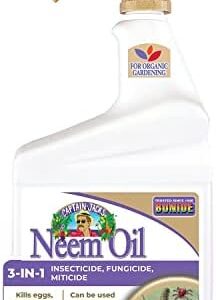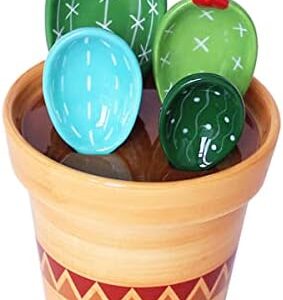Succulents have become a popular choice for both indoor and outdoor gardens due to their low-maintenance nature and unique appearance. However, like all plants, succulents are not immune to pests and diseases that can harm them if left unchecked. In this article, we will explore five common pests and diseases that can affect your succulents and how to deal with them in a more human way.
1. Mealybugs:
One of the most common pests that can harm succulents is mealybugs. These small, white insects feed on the sap of succulent plants, causing them to wilt and eventually die if left untreated. Mealybugs can be found on the leaves, stems, and roots of succulents, and are often accompanied by a white cotton-like substance that they use for protection.
To get rid of mealybugs in a more human way, you can use a mixture of water and organic insecticidal soap to gently wash the affected parts of the plant. You can also introduce beneficial insects like ladybugs or lacewings to help control the mealybug population. Additionally, you can physically remove the mealybugs using a cotton swab dipped in rubbing alcohol. Remember to monitor your succulents regularly to catch any mealybug infestations early on.
2. Powdery Mildew:
Powdery mildew is a fungal disease that can affect succulents, especially when they are grown in humid or poorly ventilated conditions. This disease appears as a white, powdery substance on the leaves of the plant, hindering photosynthesis and causing the plant to weaken over time.
To combat powdery mildew in a more human way, you can try spraying a mixture of neem oil and water on the affected plant. Neem oil has antifungal properties that can help eliminate the powdery mildew without harming the plant. Additionally, you can improve air circulation around your succulents by spacing them out properly and avoiding overwatering. Removing and disposing of infected leaves can also help prevent the spread of the disease.
3. Spider Mites:
Spider mites are tiny arachnids that feed on the sap of succulent plants, causing yellowing leaves, webbing, and stunted growth. These pests are difficult to spot with the naked eye, but you may notice their presence by the fine webbing they leave behind on the plant.
To get rid of spider mites in a more human way, you can try using a mixture of water and dish soap to create a natural insecticidal spray. Simply spray the affected plant thoroughly to suffocate the mites. You can also introduce predatory mites or ladybugs to help control the spider mite population. Regularly misting your succulents with water can also help deter spider mites from infesting your plants.
4. Root Rot:
Root rot is a common disease that affects succulents when their roots are constantly exposed to excess moisture. This condition causes the roots to rot, leading to wilting, yellowing leaves, and eventually the death of the plant. Root rot is often caused by overwatering or growing succulents in poorly draining soil.
To treat root rot in a more human way, you can start by removing the affected plant from its pot and inspecting the roots for signs of rot. Trim away any dark, mushy roots with sterile scissors and repot the plant in fresh, well-draining soil. Allow the plant to dry out completely before resuming a regular watering schedule. To prevent root rot in the future, ensure that your succulents are planted in a porous soil mix and only water them when the soil is completely dry.
5. Scale Insects:
Scale insects are another common pest that can harm succulents by feeding on their sap and weakening the plant. These pests appear as small, oval-shaped bumps on the stems and leaves of succulents, often accompanied by a sticky substance called honeydew. Scale insects can quickly spread to neighboring plants if left untreated.
To get rid of scale insects in a more human way, you can use a cotton swab dipped in rubbing alcohol to remove the pests from the affected plant. Alternatively, you can mix water and mild dish soap to create a natural insecticidal spray that can be used to treat scale insects. Regularly wiping down the leaves and stems of your succulents with a damp cloth can also help prevent scale infestations.
In conclusion, while succulents are known for their resilience and low-maintenance nature, they are still susceptible to pests and diseases that can harm them if not properly addressed. By taking a more human approach to pest and disease management, you can protect your succulents and ensure their longevity in your garden. Remember to monitor your plants regularly, provide proper care and attention, and address any issues promptly to keep your succulents healthy and thriving.






